- News
- Reviews
- Bikes
- Accessories
- Accessories - misc
- Computer mounts
- Bags
- Bar ends
- Bike bags & cases
- Bottle cages
- Bottles
- Cameras
- Car racks
- Child seats
- Computers
- Glasses
- GPS units
- Helmets
- Lights - front
- Lights - rear
- Lights - sets
- Locks
- Mirrors
- Mudguards
- Racks
- Pumps & CO2 inflators
- Puncture kits
- Reflectives
- Smart watches
- Stands and racks
- Trailers
- Clothing
- Components
- Bar tape & grips
- Bottom brackets
- Brake & gear cables
- Brake & STI levers
- Brake pads & spares
- Brakes
- Cassettes & freewheels
- Chains
- Chainsets & chainrings
- Derailleurs - front
- Derailleurs - rear
- Forks
- Gear levers & shifters
- Groupsets
- Handlebars & extensions
- Headsets
- Hubs
- Inner tubes
- Pedals
- Quick releases & skewers
- Saddles
- Seatposts
- Stems
- Wheels
- Tyres
- Health, fitness and nutrition
- Tools and workshop
- Miscellaneous
- Buyers Guides
- Features
- Forum
- Recommends
- Podcast
feature
 Cycling trends that are back in fashion
Cycling trends that are back in fashionBike in Vogue: From bikepacking to gravel riding – the cycling trends from yesteryear that are now back in fashion
Way back when Marc Bolan rode his white swan, and the Goodies pedalled their ‘trandem’, a different band of bearded men, wearing knitted and dark-coloured woolly jerseys, plus fours, and leather shoes, would also ride their own hand-crafted steel bikes with bar and saddle bags around the countryside.
Cranking big gears (at least compared to today’s plethora of choices) and pushing or carrying their irons over the steepest mountain tracks they could manage, these intrepid two wheeled explorers would often ride for days on end, and – when they weren’t riding – would seek shelter and some rest in barns, tents, or even, if the mood for luxury struck them, in youth hostels.
As often as not, their paper map plotted routes would eventually see them rattling their pre-suspension era rigs along rocky and forgotten byways, fuelled by sucking on barley sugar, or chewing on Kendal Mint Cake, before brewing up a cuppa from stream water on some remote and misty mountainside.
As they sat by the wayside, there was no checking the Strava KOM or posting a selfie on Instagram, and they were likely dreaming of a slice of black pudding and lard spread on a doorstep of white bread, all washed down with a tankard of lukewarm ale on their return home on a Sunday night. Ee bah gum, those were the days.
(Credit: Hill Special)
It's funny how things pan out – as those tongue-in-cheek reminiscences from a bygone era pretty much sound, right down to the beards and questionable fashion choices, like a blueprint for the modern-day bikepacker-cum-graveleur, now considered the hippest of cycling trend-setters in 2023.
Because, just like the kids strutting around the high street like it’s 2002, cycling culture is all too susceptible to the whimsical cycles of fashion. Experiences, bikes, and kit that not that long ago were dismissed as outdated relics are now being experienced by a whole new generation of cyclists, eager to discover the Next Big Thing, which – in many cases – is simply a modern rebranding of some old big thing.
So, to celebrate the cyclical nature of cycling fashion, we decided to delve into those long-forgotten trends making a comeback in recent years – starting with none other than the new but very old craze of cycle touring. Sorry, I mean ‘bikepacking’…
Bikepacking
To many of us (but not to those fortunate enough to be part of it), the jaded extra-short shorts image of the stereotypical CTC tourer of the 1970s was something to be feared, and sadly, the cycle tourists of the past were somewhat viewed in a less than dazzling light by many.
As for those bulky saddle and bar bags, their over-loaded panniers, their preference for sleeping under canvas or in bus shelters, of riding for days on end in crusty and sweaty kit – well, it wasn’t that sexy a pastime, to say the least.
Sprint forward a few decades into the current era, reshape and rebrand with new side bobbing bags, call it by another name, add a little retro chic air to proceedings, and bang – there you have it, minimalist cycle touring of old is suddenly bikepacking! And it’s downright cool, too, especially in certain newfound corners of the cycling world.
Pose, you’re bikepacking…
Hang on, how about making a few bikepacking events and festivals too – not unlike those CTC camping meets or audax/randonnées from way back when – or glamourise things with the kind of rides those minimalist long-haul French cyclo-tourists did, like the pre-popular Paris-Brest-Paris?
Job done, oh, and let’s make the gear ultra-expensive to match the new rebrand, and why not strap on an old tin mug and a sew-on badge for effect. Perfect.
Gravel riding
Those once great oddball beardies of old, known as the Rough-Stuff Fellowship, would be turning in their graves and chuckling if they could see what became of their exceptional but exceptionally under-rated off-road on curly bars riding antics of the 1950s and onwards.
It has to be said that the RSF, or more explicitly its quirky membership and their insane off-road antics, were viewed as absolute crackpots by mainstream cyclists. And yet they do still exist, and are remembered now as apostles of gravel riding – and in many ways they were just that.
Although the RSF was indeed the first official off-road cycling club/organisation around, many had been riding bikes off-road since the invention of the wheel, and even through the pre-dawn of mountain biking many cyclists of the day would often ride road bikes, or slightly adapted cyclocross or touring bikes, along the trails of our land.
It just wasn’t seen as all that hip or cool – until recently that is.
Although there are still many gravel-deniers out there, there is no getting way from the fact that it’s fun and makes perfect sense. And while early ‘90s mountain bike tech continues to be leant on by some, it is great to see the rough stuff return with a makeover, and bikes that are far more capable of taking it on. And who knows – maybe flat bar gravel will even catch on in the future?
Steel bikes
When the outsourcing of bike building combined with the mass production of aluminium frames and minimal sizing variations took over our two-wheeled world in the early 1990s, the humble and yet trusted steel frames of old fell out of fashion and favour. As for those small frame local builders who were so impassioned and committed to the sport – well, few of them made it through the aluminium revolution.
Consequently, the last few generations of young cyclists have largely grown up without ever tasting the delights of good old steel frames. However, things have now very much come full circle, and steel most definitely is real again, and real expensive too.
> Best steel road bikes 2023 — versatile, durable and comfortable steeds
As new cyclists, and older cyclists alike, rediscover this amazing old material, steel frames have come to be considered as artisan. Heck, you can even get exorbitantly priced custom paint jobs too (who would have ever thought of that all those years ago, when custom meant geometry and fit?).
And to top all that, some of the new artisan builders even weld on racks, spray up frame fit pumps to match the frames, and charge an arm and a leg to do it. For those of us long-toothed enough to have known the ancient craftsmen of old steel frame mastery, it does make you appreciate just how underestimated, underappreciated, and underpaid they were.
Wool
Sheep and sheerful, wool was very much the clothing material of choice for cyclists for almost a century, right up until acrylic mixes and Lycra took over the cleated catwalk in the 1980s.
Woollen cycling kit was something of a mixed bag, to say the least. There’s no doubt that when treated and washed correctly it was as comfy as could be, although when those woolly shorts shrank and went baggy, that was a whole different matter. However, wool was super snug, and worked great as a winter undervest and top, was perfect for hats, and lasted well too.
> Is merino wool really the ultimate sustainable choice for cycling kit?
Modern fabrics? Well, they have come a long way over the past 40 years, and yet the old ram in the corner did once again emerge from the shadows a few years back, only with a Latino flare and a rebranding by Rapha.
Soon enough the merino wool jersey became a thing of desire, and an extortionately priced one at that. That said, merino is much better at doing its job when compared to the wool of the distant past, and in the last couple of years it has become far more widely available and affordable, and it really is plush, posh, and purposeful.
Caps
You can leave your hat on, and these days many do – by constantly wearing their cycling caps, with the peaks turned up, in public, including off the bike.
Oh, how times have changed. Many of us grew up wearing cycling caps, but keeping them on your head while off the bike was something to be derided and scorned, and through the birth of mountain biking the wearing of caps at all became somewhat demonised (although some of us kept the faith, such was our devotion to the hallowed peak – turned down, of course).
That looks like a cap! It’s a cycling cap!
With the widespread dustbin lid helmets of the early ‘90s becoming almost mandatory, the humble peaked cap almost went into extinction, and along the way its once glorious cotton became lost to nylon-Lycra skull cap designs, monstrosities far removed from the glory days of these amazing and versatile cotton head-toppers.
Somewhere along the line, probably also due to the bearded woolly city folk of Rapha, the cotton cap once again rose to cult-like prominence, costing many times the price it should, with the turned up and numbered peaked cap becoming something of an ultra-cycling status symbol. Even – shudders – when you’re not riding your bike.
Quick, someone tell John he’s doing it all wrong…
Please note: No beards or furry animals were harmed during the writing of this feature – and in all honesty, it’s great to see all of the above return to their rightful status within cycling circles, albeit carrying a very different price tag and image on their greatest hits reunion tour.
Meanwhile, we’re just waiting to launch our own range of artisan organic jam butties and sugar free Mars Bars…
Latest Comments
- ROOTminus1 1 sec ago
And if I tried to inspire you that critical thinking isn't just about finding problems with someone else's logic?...
- Hirsute 6 min 45 sec ago
I did a couple of laps today jsut to see. One deliveroo rider completely oblivious and 2 riders in their 60s who looked very happy to be using it....
- jonah1961 15 min 36 sec ago
Same here Luca, I subscibed this morning but wonder whether the creaky website takes a while to update?
- David9694 31 min 58 sec ago
Castle Fields car park extension in Tonbridge abandoned but charges remain on Sundays and Martin Square in Larkfield and Bailey Bridge in Aylesford...
- Dnnnnnn 32 min 4 sec ago
Having used them hundreds of times with only a couple of lost parcels, my experience is the opposite, and better than with Royal Mail and UPS....
- giff77 35 min 56 sec ago
It's not even being unaware of the consequences. You've the issue of Sheriffs handing out sentences at the lower threshold. If word was out there...
- Sriracha 44 min 31 sec ago
In Merseyside that's just an everyday greeting 😉
- Hirsute 46 min 47 sec ago
That is one the reasons for using twitter as you find these sorts of statments all the time !
- chrisonabike 1 hour 39 min ago
It certainly appears to be a vote against safety. And asthmatics...



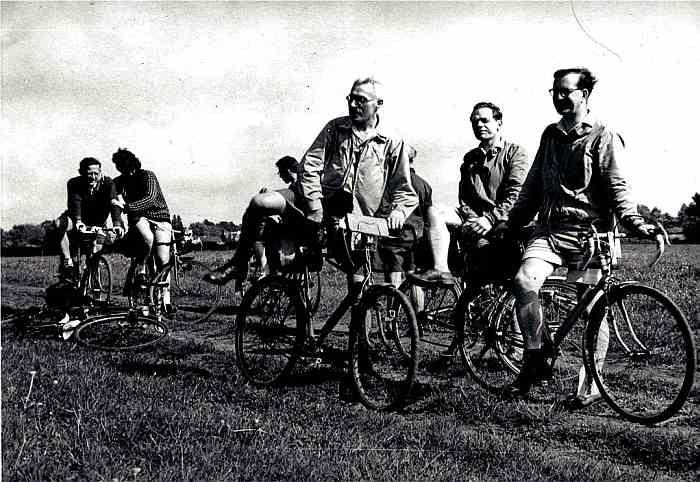
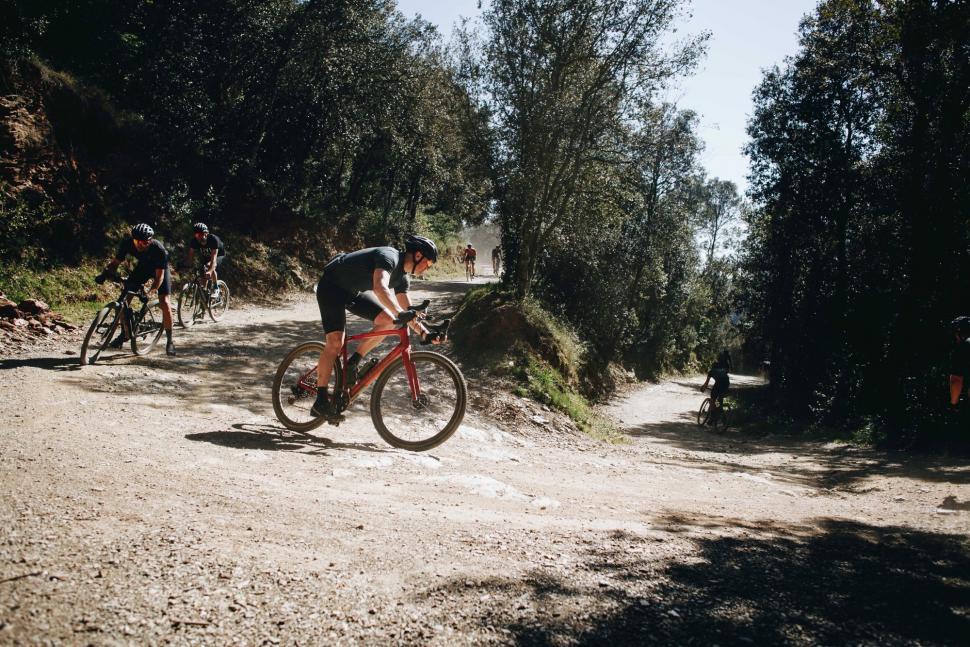
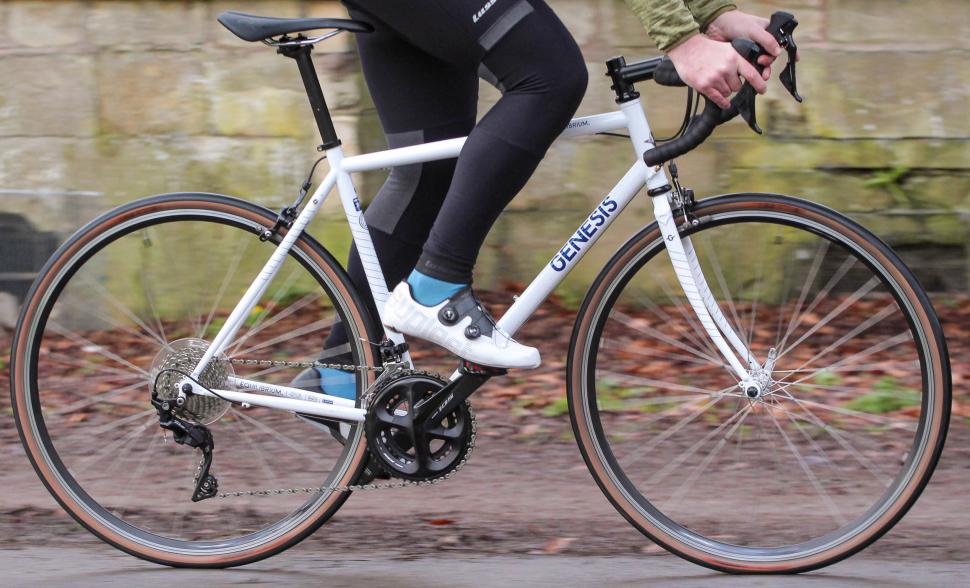
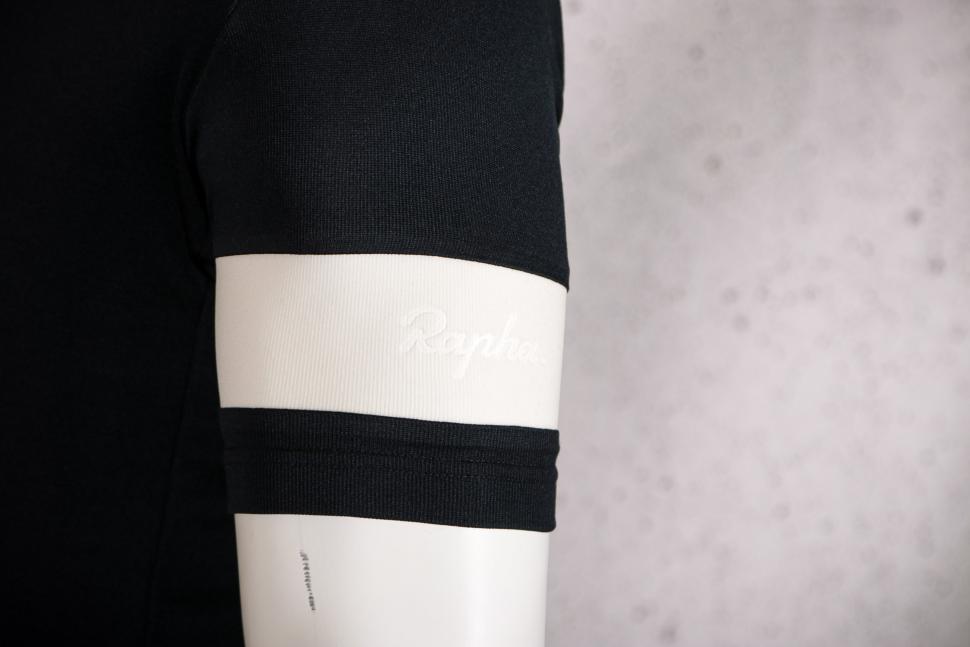
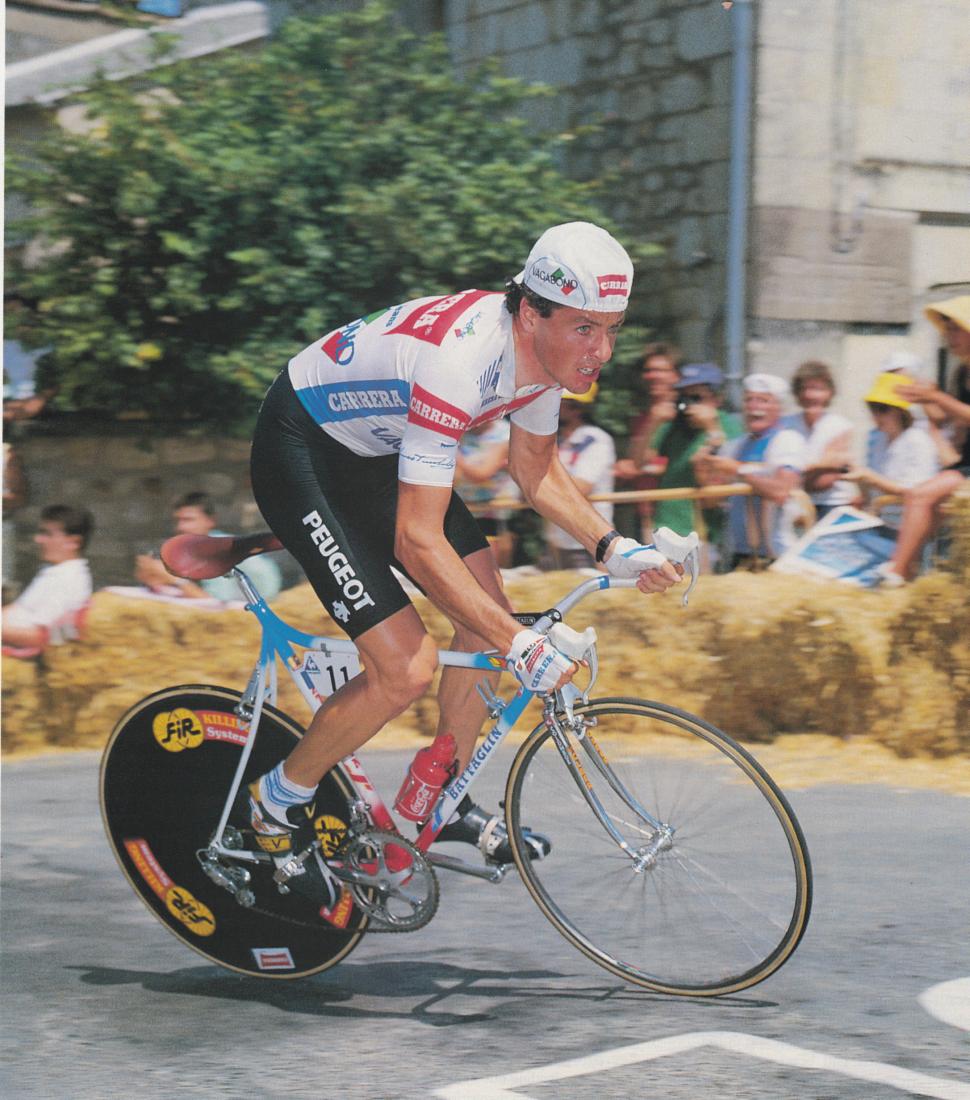

Add new comment
10 comments
The key advances in bike tech happened with the move from the ordinary to the safety and the emergence of the diamond frame in the late 19th C. Each generations reinvention of the past then drives lesser changes. We need to see folk bikepacking on ordinarys!
Modern strap bags seem very light, but I would never put them on a painted frame. But let's be honest, paniers seem cooler to me.
Caps seems super cool, but I always wear helmet. With helmet I lose around 40% of overall urban coolness when commuting, but I am a frequent falling guy in turns so I have to live with it.
I hate plastic clothes, I have only worn them on my limited touring, having to wash them daily and hoping they will be dry in the morning. When commuting I use cotton clothes and avoid speeding and routes with many cars so not to get smelly. Within an ocean of plastic clothes, I haven't found a merino polo shirt in reasonable price (not road.cc reasonable, really reasonable), so I believe the enterpreneur who got in this market would make some serious money.
The pannier bags I use vary in temperature, sometimes becoming rather warm in summer but also freezin' when it's frosty.
They don't rub the paint off, it's true. On the other hand, neither do them bag things if you wrap the frame members they grasp with some sort of easily removable tape.
Panniers, though, come off and go on reet quick. The panniers I use are capacious but also waterproof, either of themselves or via a pull-over waterproof cover. They can be configured with a handle or a shoulder strap for use off the bike.
The bags often look like they'd interfere with your pedalling should they become even slightly skew-whiff on the frame.
***********
Winter, touring or commuter bikes without mudguards .... you'd need to love bike washin' to ride about on one o' them. And washing your clothes, with enough vigour & vim to remove the black stripe up your jersey. And soggy shoes take ages to unsog.
Apparently mudguards can also make you faster!
https://www.renehersecycles.com/myth-3-fenders-slow-you-down/
Will all the Trekarello racey folk be putting them on now?
Your first picture unser the header "Bike Packing" doesn't show a bike packing setup, it's a randonneur who's bike touring with panniers on racks.
Racks and panniers where actually a 1930s improvement to the earlier (1880s -90s onwards) bags strapped to the frame, offering far better volume to weight ratio and weight distribution as well as ease of loading-unloading.
So today's bike packing seems to hark back to a far earlier period. In reality though it is mainly born from the fact that regardless of facts road bikes are seen as superior bikes, when in reality they don't offer the real world riding capacity of good touring bikes like the British lightweights for instance. It's encouraging to see a move towards a more versatile type of bike, but they crucially lack many details of the best bikes of yesteryear (like optimal mudguard coverage for example) that severely limit their potential as efficient everyday rides.
Another point is clothing. As far as I see it merino wool is on the decline again. Many (often small) companies offering them that had sprung up ten years or so ago, have closed again or reoriented themselves. A lot of what's now marketed as "merino" is in reality mixed with other fabrics, a real no go for me.
These things could be of real value and their rediscovery could have been a change towards more sustainability in cycling. But being swept up by the bike industry and big makers, they've been watered down until quite often nothing is left than marketing spin. And when it's been chewed up and spit out and the caravan will have moved on to the next big thing, I wonder what will be left for real world cyclists to whom it is not just another pastime but a way of life
(double post due to road.cc broken comment box submit button)
There's a reasonable choice of companies offering wool these days. And I mean real wool - not the wool-with-plastic stuff.
I get most of my woollens from CimaCoppi.cc - small outfit in Spain run by a Canadian and a Spaniard. They'll do custom sizing and even designs. Their "Centreline" jacket (with horizontal "randonneur" back-pocket) is simply the best bit of cycling kit ever - certainly for Celtic Isles type climes. Warm and breathable, perfect nearly the whole year round, bar the short warm season. (They don't have the "Centreline" listed in their shop at moment, but ask them and they'll make it, I'm sure).
A cycling trend of old, but which has not (yet) come back into fashion is cotton (with a tight weave) for rain jackets. Really good over wool layers when the conditions are worse. Adding weather protection and warmth, while still retaining some breathability. Vulpine has "epic" cotton jackets, but I think they stopped the cycling specific version. Very very hard to find other cycling-specific tighly-woven cotton jackets though - and any tight-weave cotton, especially "ventile", is usually very expensive. "HillTrek"'s remake of the "Greenspot" jacket is one option, but looks expensive. Any other options?
Yeah Cima Coppi are great (only maker of merino bibs that I'm aware of), especially their custom service. I haven't tried their jerseys. I'm sure they're great quality wise but I sometimes find jerseys too short. The Jura Cycling ones I've got (not made anymore) are great in that respect, but I've got some from DeMarchi which are too short in body and sleeves...
I've got the Hilltrek jacket, like most things the price is forgotten but the quality stays. It seems to work fine in the way you describe but in almost two years I haven't been able to test it in a real deluge, so rare has rain become...
If you get the Hilltrek ask them to add some more buttons to the flap to be able to leave the zip open underneath. The collar is bit large and wide for my liking but on the whole a great jacket.
Cima Coppi will happily make longer jerseys for you!
My first Centreline jersey-jacket was medium, but - especially after years of use and washing - the body and sleeve length wasn't quite enough, as a skinny-but-gangly person. My next 2 Centreline jackets I had CimaCoppi make them with a longer hem on the body, and longer sleeves (like L length), and the fit is perfect.
My next 2 Centreline jackets I had CimaCoppi make them with a longer hem on the body, and longer sleeves (like L length), and the fit is perfect.
If you really want, give them all your measurements, and they'll suggest the best fit for you.
Speaking of which, it's about time to order another Centreline from them. My first is really getting old (over 7 years old). My 2nd is just starting to get old. My 3rd I have actually never used for cycling yet, been saving it and using it for casual wear - but time to press that into cycling service. So... need a new one for casual.
For casual I've recently got some Vulpine merino polos. They're really nice, lengthwise also, and seem good quality.
Ha ha - I yam a one o' them pekooliar ole cyclists, now perfected by the various cycling behaviours of old into an OFIM (Old Fart In Merino). No plastic Mekon hat to obscure me nice cycling cap neever.
Mind, I wouldn't go back to steel rims and Weinmann centre-pull brakes ..... .